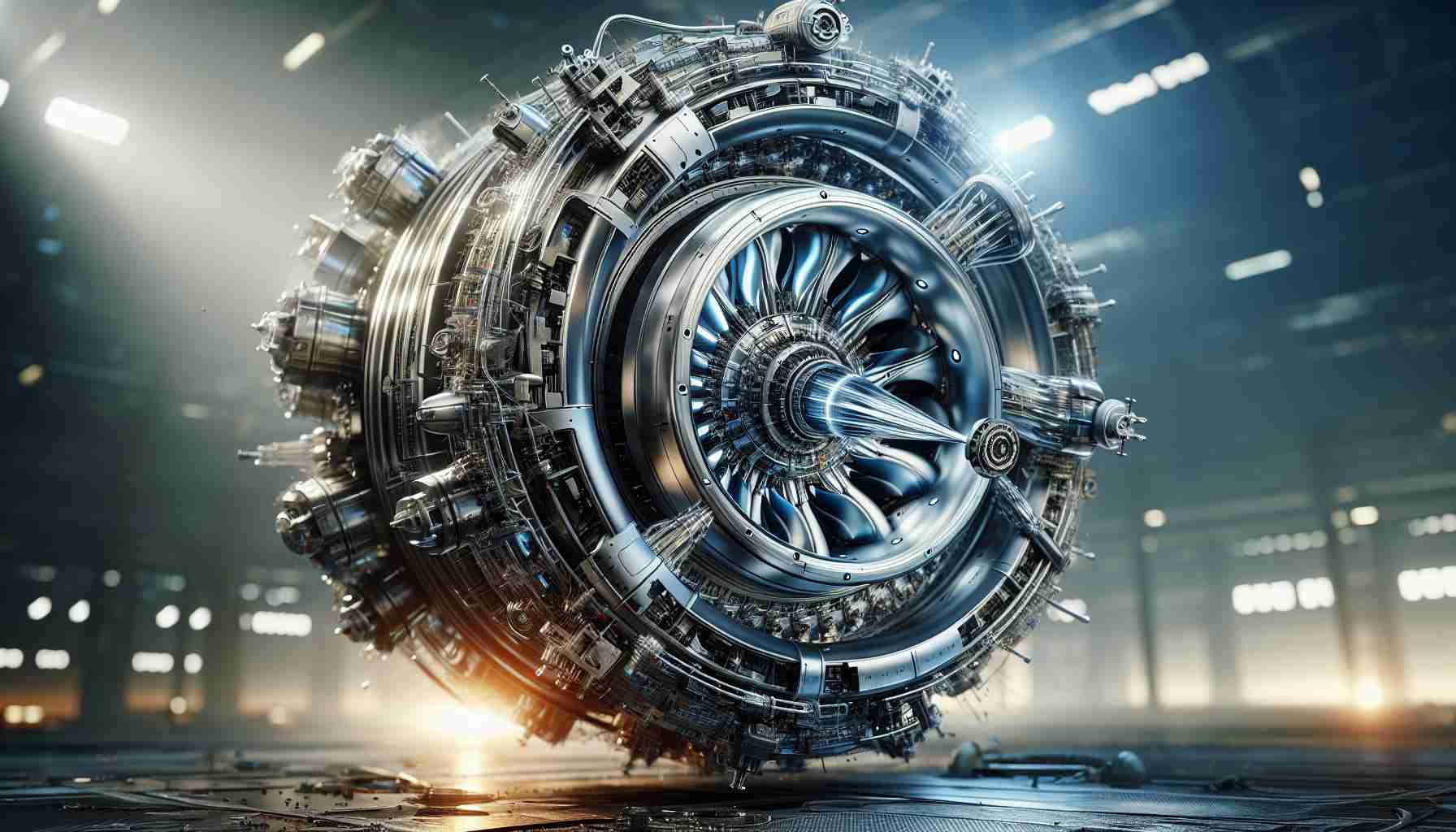Delay of Delta Rhine Corridor Raises Alarming Concerns
A key energy initiative, essential for advancing Europe’s green strategy, is at risk of fragmentation due to a significant delay. The pushback of the Delta Rhine Corridor, now slated for completion in 2032, has triggered industry-wide alarms. This pivotal project, which plays a crucial role in connecting various hydrogen hubs across the continent, faces an uncertain future.
Impact on Hydrogen Infrastructure
Originally designed to streamline the distribution of green hydrogen, the setback could lead to disjointed infrastructure and limited access to vital hydrogen storage capabilities. This fragmentation threatens not just the efficiency of these hubs, but also the overarching goal of establishing a cohesive and sustainable hydrogen network.
Concerns from the Industry
Energy companies, including Uniper, have expressed deep concern over these developments. Uniper’s Maasvlakte site in Rotterdam—home to a 100MW green hydrogen project—is poised to be directly affected. This project is crucial for Europe’s larger green energy plans, and any delays could have widespread implications for energy transition goals.
The Road Ahead
As stakeholders reassess their strategies amidst these challenges, the focus shifts to finding solutions that will minimize disruption. Successfully building a resilient, interconnected energy framework hinges on overcoming these hurdles. With the future of clean energy on the line, the next steps will be crucial in ensuring the stability and growth of Europe’s green hydrogen ambitions.
Unpacking the Delay of the Delta Rhine Corridor: Key Questions and Implications
The delay of the Delta Rhine Corridor, a cornerstone of Europe’s hydrogen infrastructure, presents numerous challenges and raises several vital questions. With the project’s completion pushed to 2032, stakeholders face significant hurdles that could impact the continent’s energy transition. Understanding why this project matters and examining the advantages and disadvantages is critical for strategizing the path forward.
Why Does the Delta Rhine Corridor Matter?
The Delta Rhine Corridor project is designed to connect critical hydrogen hubs throughout Europe, facilitating efficient distribution and storage of green hydrogen. Its successful completion is vital for realizing Europe’s broader goals of transitioning to a sustainable energy system, reducing reliance on fossil fuels, and achieving carbon neutrality by 2050.
What Are the Key Challenges and Controversies?
1. Infrastructure Fragmentation: The delay could lead to a fragmented hydrogen network. Without a cohesive infrastructure, the supply chain for hydrogen could face bottlenecks and inefficiencies, hampering speed and scale of adoption.
2. Economic Impacts: Prolonged setbacks may increase project costs. This can deter future investments and partnership opportunities crucial for sustaining momentum in the green energy sector.
3. Industry Concerns: Major energy players like Uniper are anxious about how delays will affect their projects. Their Maasvlakte site is specifically designed to integrate with this corridor, but postponements might compel them to recalibrate their strategies or incur additional costs.
What Are the Advantages and Disadvantages of the Project?
Advantages:
– Decarbonization: Streamlining hydrogen distribution accelerates the shift from fossil fuels to renewable energy sources, significantly contributing to emission reduction targets.
– Energy Independence: Enhanced hydrogen infrastructure reduces Europe’s dependence on imported energy, promoting self-sufficiency.
– Economic Growth: The project can spur economic development by creating jobs and fostering technological innovations across the energy sector.
Disadvantages:
– High Initial Investment: Substantial upfront funding is necessary, which can be a barrier given current financial constraints and economic uncertainties.
– Regulatory Hurdles: Navigating different regulations across countries can delay implementation and increase complexity.
Suggested Actions for Mitigating Impact
– Enhanced Collaboration: Regional governments and private sectors must work together to streamline regulatory requirements and promote investment.
– Interim Solutions: Developing provisional logistics and infrastructure to bridge current gaps until the corridor becomes operational.
– Funding Strategies: Exploring diversified funding options, including public-private partnerships to cushion financial risks.
What Are the Next Steps?
The European Union, energy stakeholders, and industry leaders need to focus on adapting to this setback by reinventing collaboration frameworks and expediting interim solutions that bridge the gap till 2032. The trajectory of Europe’s energy future depends significantly on how effectively these challenges are addressed.
Related Links:
– European Union
– Uniper























